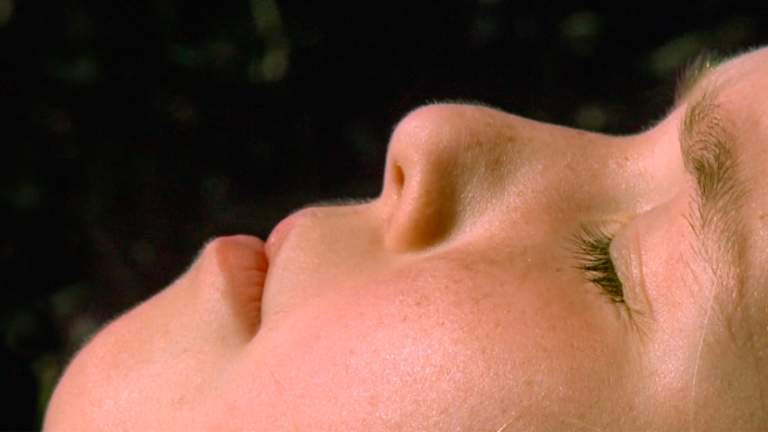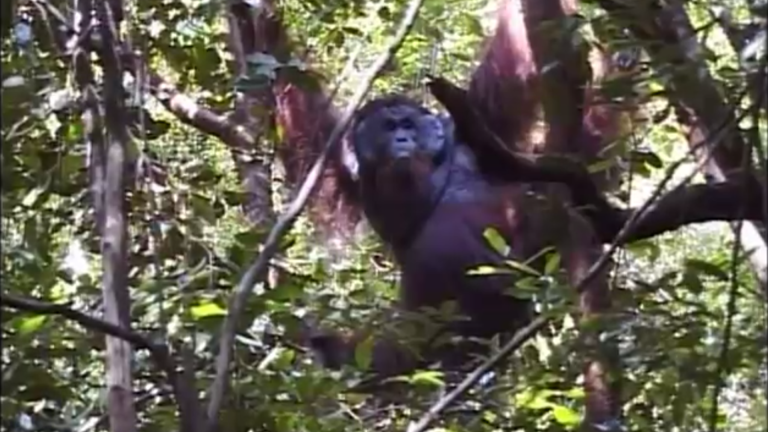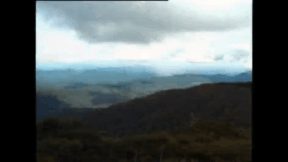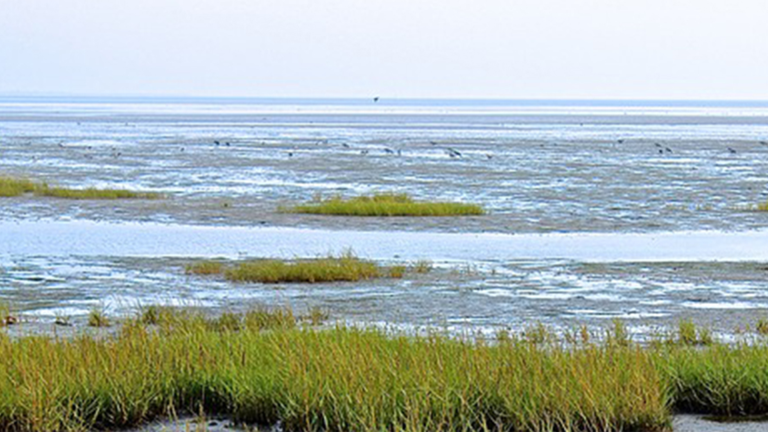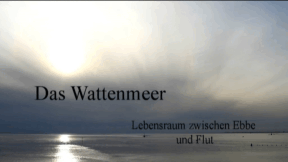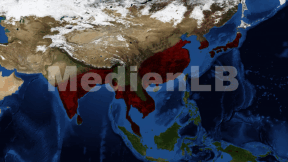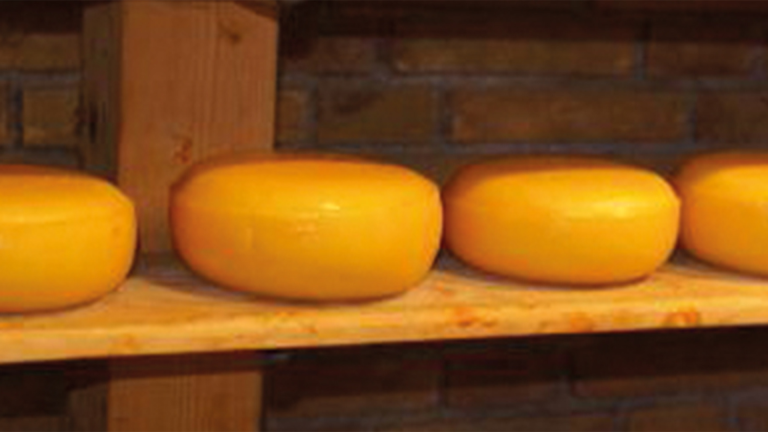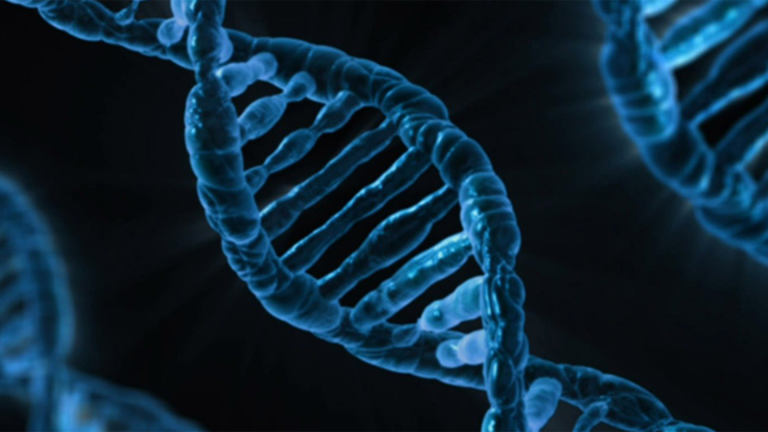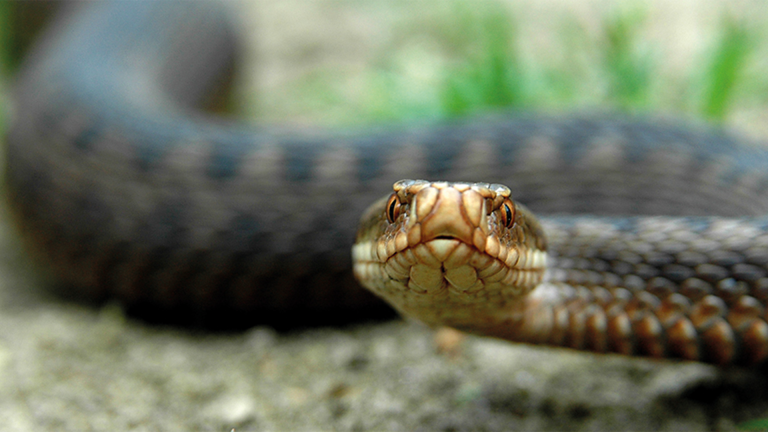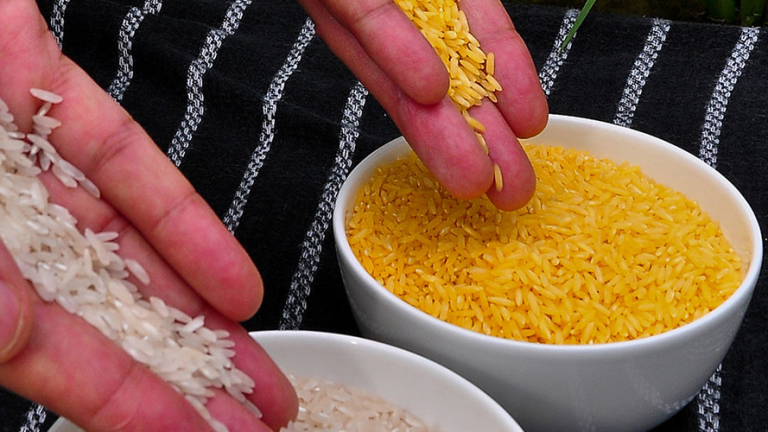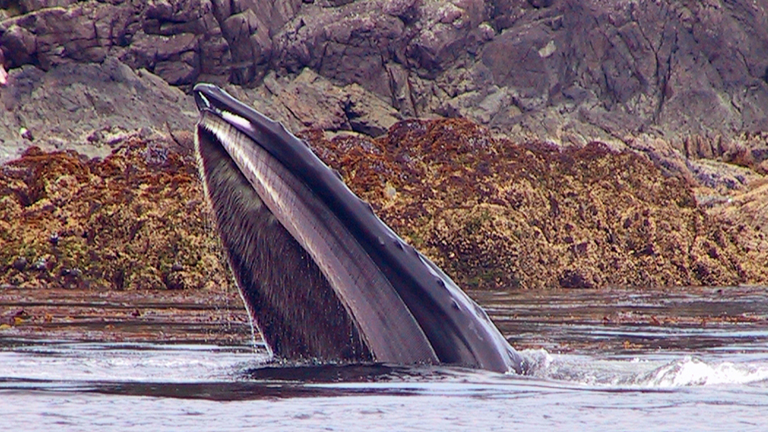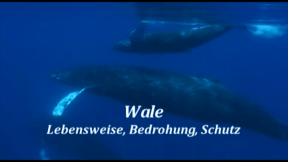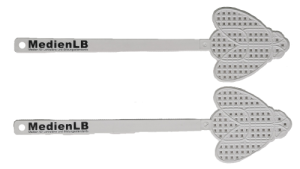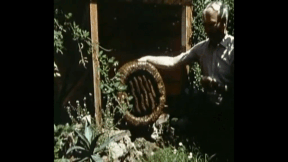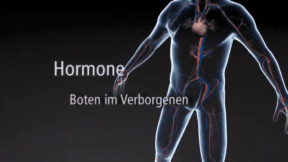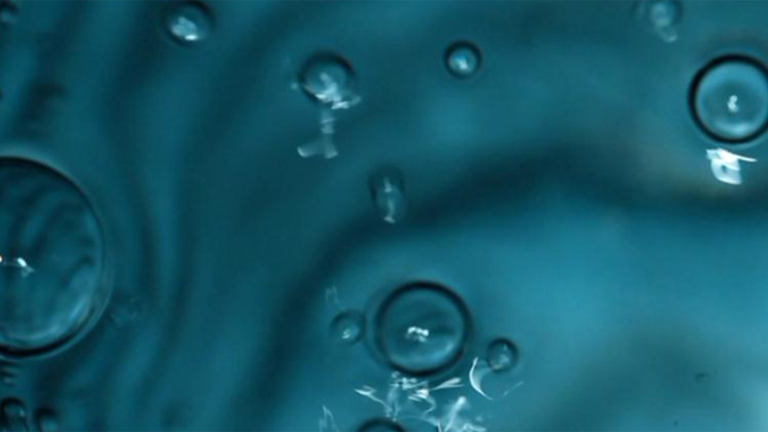Suche:
- # Artistry
- # Biology
- # Chemistry
- # Ecological
- # Economy
- # English
- # Foreign Language
- # Geography
- # German
- # Health
- # History
- # Informatik
- # Latin
- # Mathematics
- # Media Education
- # Music
- # Physics
- # Politics / Civics
- # Preschool
- # Primary School
- # Religion
- # Society
- # Sports
- # Technology
- # Training of Teachers
- # Vocational Education
Air and Respiration
The subject of air and respiration offers a variety of starting points for an interdisciplinary approach. This DVD contains essential aspects for teaching pupils in the first years of secondary school. The chemical and physical characteristics of air form the basis for understanding many everyday phenomena, ranging from the development of wind and air pressure to high pressure and low pressure areas in the atmosphere. Last but not least, the foundations for a closer examination of respira- tion are laid. The fundamental phenomenon of respiration is shown from a functional point of view with the help of impressive ani- mations. Different respiratory organs are compared to each other and the basic principle of respiration is explained. The respiratory movements, the path of respiratory air and gas exchange are main points in the “Respiration with Humans” chapter. As a special feature, in its ROM part this DVD offers material for a learning circle dedicated to this subject. Here, many aspects are treated again in a way that pupils can find out facts by themselves with the help of suitable experiments and tasks.
Learn moreEndangered Rainforest
The small proportion of about 7% of the entire surface of the earth covered by rainforest is of global significance from various perspectives. The survival of tropical rainforests has been on the agenda of all conservationist organisations for decades. But in spite of all their endeavours and the many political promises made, more hectares of rainforest are destroyed every day than ever before.
Learn moreWadden Sea
Wadden Seas are parts of seas or landscapes on the coast respectively. Characteristic of these landscapes is that Wadden Seas are particularly exposed to the tides. There are many Wadden Seas in the temperate zones all over the world. The sea accessible by wading is usually flooded twice a day during high tide. The areas drying out at low tide are called mudflats. The habitat is susceptible to pollutions, in particular to those caused by man. We deal with the natural landscape between the Dutch Den Helder and the Ho Bay in Denmark that covers 10,000 square kilometres in total. The Wadden Sea along the North Sea: National Park, UNESCO World Heritage natural site and the largest contiguous area of mudflats in the world. The North Sea coast is wilderness on the one hand, work of man on the other hand.
Learn moreReis
Reis gehört zu den am meisten als Nahrungsmittel genutzten Pflanzen auf der Welt. Für einen Großteil der Weltbevölkerung bildet Reis die Nahrungsgrundlage.
Learn moreMilch und Käse
Seit Jahrtausenden wird aus geronnener Milch eines der schmackhaftesten und vielfältigsten Grundnahrungsmittel hergestellt: Käse. Alle Varianten und Sorten aufzuzählen, die es allein in Europa gibt, ist eine nahezu unlösbare Aufgabe. Am berühmtesten sind die gelben Laibe aus der Schweiz und Frankreich. Aber auch Deutschland braucht sich in der Käse-Frage nicht hinter seinen beiden Nachbarn zu verstecken. Für "Schau dich schlau!" begeben sich Joey Grit Winkler und Fero Andersen auf die Reise ins Käse-Universum. Während Joey alle offenen Fragen rund ums Thema klärt, beschäftigt sich Fero mit praktischen Dingen - der Käseherstellung!
Learn moreGenetic Code Sun
Life on Earth assumes a large variety of shapes. There is plant life and animal life. Protozoa live alongside human beings, ants alongside fish and elephants, a blowball alongside a cactus.
Learn moreCommon European Adder
The common (European) adder is extremely wide-spread across the globe.
Learn moreBiotechnology III
Biotechnological knowledge and applications can be divided into several subareas. For easy orientation and distinction, the respective fields have been assigned a specific colour. The second part of this biotechnology series covered red biotechnology, which is the medical field. In this part, green biotechnology, which refers to agriculture, white (industrial) biotechnology and grey biotechnology, which refers to environmental protection, are dealt with.
Learn moreBees, Bumblebees and Wasps
Our smallest domestic animals, the honey bees, belong to the insect order of hymenoptera just like bumblebees, wasps and ants. Many of these insects live in huge colonies with division of labour and a caste system. However, there also are less conspicuous small hymenoptera like, for instance, the mason- bee, which on its own builds complex nests for its offspring and supplies it with food. We haven’t even noticed that it has followed us into our human settlements and we don’t consider that we are taking away the habitats from these small interesting insects. This film pays attention to all these important plant pollinators, allows insights into the work of bees and wasps and shows how we can observe and protect them.
Learn moreHormones
Hormones influence our lives. Just like our nervous system, they transmit information in our bodies. When our hormonal balance is disrupted, our behaviour changes and we may fall ill. But what are hormones? Why have they got such a big influence? Where are they produced? And how do they work? The film leads us inside the human body – into the world of hormones. We learn that there are various hormones, where these are produced and how they work. We get acquainted with people whose lives have been influenced by a hormone deficiency or a hormone excess.
Learn moreGroundwater
When we open the tap, it gushes out: drinking water – clear and clean. It is our most important victual and can be replaced by NOTHING. On average every inhabitant of Germany consumes 125 litres every day! But where does our drinking water come from?
Learn more



